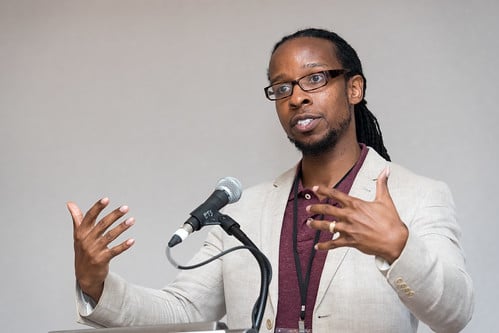Racial injustice has become an unavoidable topic for American Christianity. It challenges all levels of relational unity, from large ecclesial networks to personal friendships. When relational unity is challenged and fractured, we naturally search for the source of the problem, and critique it. Our critiques, when done well, are helpful for relational unity, but when they are done poorly they distract from and undermine unity.
Login to read more
Sign in or create a free account to access Subscriber-only content.
Topics:
